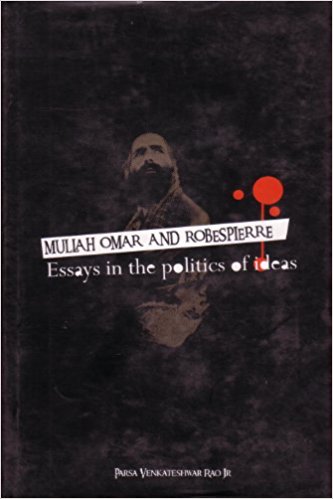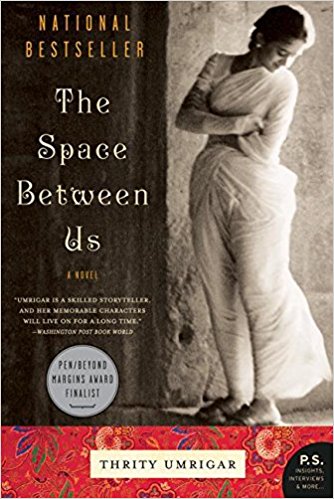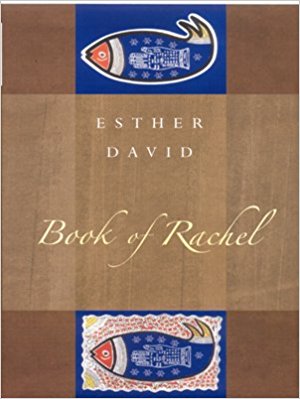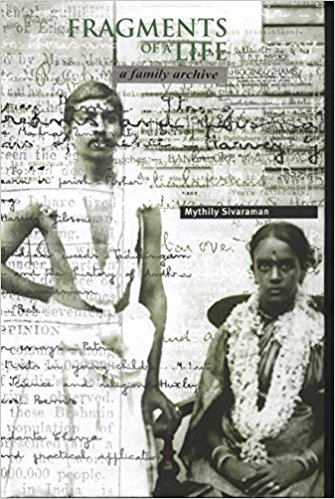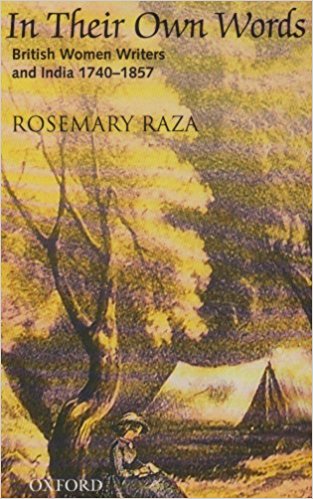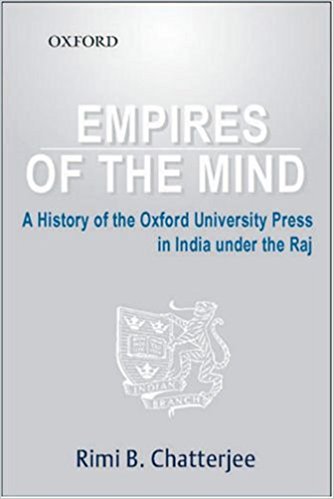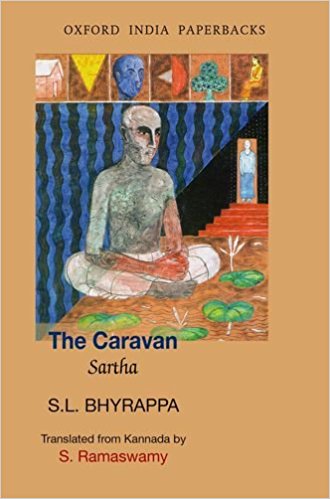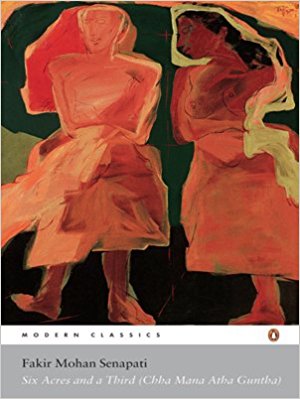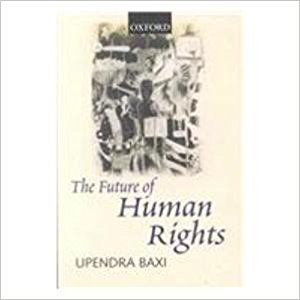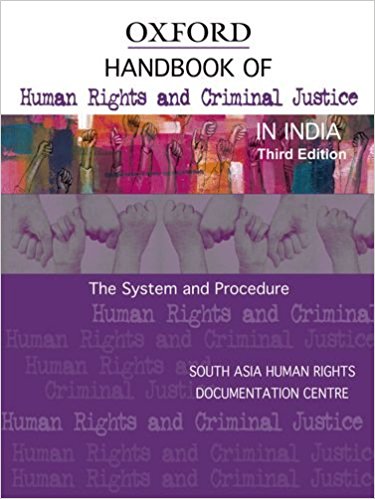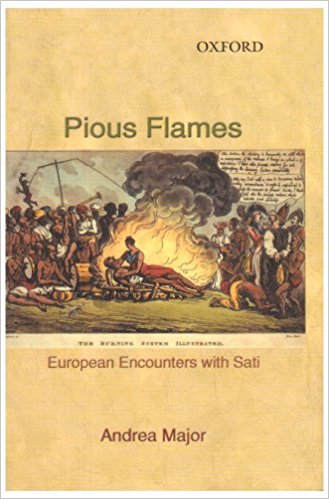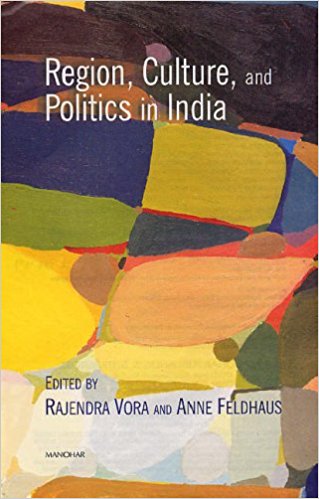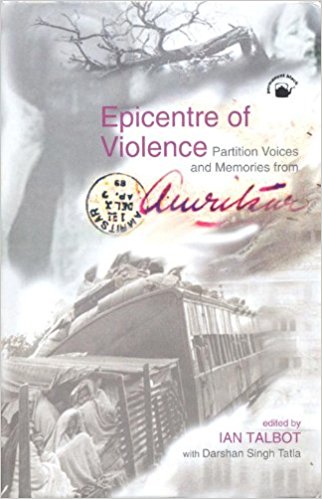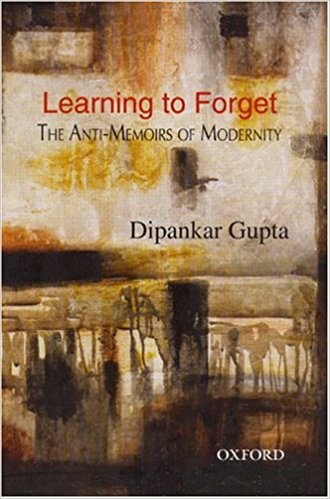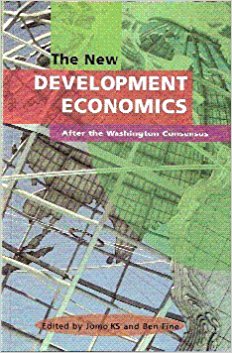Despite its phenomenal growth and diversification in the last decade, Indian media, both print and television, remains an inadequate and flawed vehicle for the communication of serious ideas. Most analysts disparagingly refer to the dumbing down of the media, the unhealthy growth of a page 3 culture, an obsession with titilatory gossip and the ever-present three Fs – films, fashion and food.
Archives
June 2006 . VOLUME 30, NUMBER 62006
The one thing that strikes the reader as he closes the book is: Interesting people, uninteresting thoughts. The section, “About the Authors” makes for more interesting reading than the book itself. This is a puzzling thing, apart from being an obvious paradox. And it needs some explanation. The Stephanians who have contributed to this 125th St. Stephens College anniversary issue are successful bureaucrats, diplomats, journalists, politicians, academics.
Thrity Umrigar’s second novel , The Space Between Us is, to put it very simplistically, the story of Sera Dubash, a middle class westernized Parsi, and Bhima, her maid. In this novel Umrigar moves beyond the world of middle-class Parsis which she portrayed so well in Bombay Time, and depicts the wide spectrum of class and society which constitutes the fabric of life in a modern Indian metropolis.
2006
In many ways, Esther David’s Book of Rachel resonates with rather than follows from the preoccupations in her earlier books. As in her previous book Book of Esther, whose very title suggests a certain proximity to this new one, and also her former novel The Walled City, David is concerned with depicting Jewish life in a contemporary Indian context.
Mythili Sivaraman has written an outstanding book. It is moving, angry, grounded in the everyday, and speaks, in true democratic spirit, to the common reader (its subject, Subbalakshmi, was one such avid, intelligent reader) and to academic specialists in history and women’s studies. Its focus is Sivaraman’s grandmother, the aforementioned Subbalakshmi, who lived from c. 1897 to 1978, in a Tamil Brahmin milieu.
The memsahib as arrogant, snobbish, exclusive, is one of numerous stereotypes we have been saddled with since the end of colonialism in India. There are plenty of others, including the idea that Macaulay forced English and English studies down the throats of Indians. British colonialism in India has been treated as a monolith, with little suggestion of varied voices, attitudes, achievements.
Reading this extremely well researched and lucidly written study took me back to the 1950s in what was then Bombay when small volumes bound in dark blue, the World’s Classics, were there to be bought, and one wondered in one’s ignorance whether the motto on the crest was to be read downwards (Dominus illuminatio mea) or across (Dommina nustio illumea!).
S.L. Bhyrappa is one of Kannada’s most prolific and popular writer, having won several literary awards within and without the state. Outside Karnataka, he may be known more from his novels that were made into films during the 1970s, including Vamsavriksha (directed by Girish Karnad and B.V. Karanth) and Tabbaliyu Ninade Magane which was made into Godhuli (directed by B.V. Karanth).
By far the best-known novel by the most loved Oriya writer, Fakir Mohan Senapati (1843-1918), Chha Mana Atha Guntha (Six Acres and a Third) has lost none of its century-old popularity in Orissa. It first made its serialized appearance in the magazine Utkal Sahitya between 1897 and 1899, and was published in book form in 1902.
With the publication of the book under review, Professor Baxi has joined the club of class of that thinkers and writers who generate a set of commentators. A good deal of postmodernist writing is free from narrow doctrinaire or ideological impositions. The search for a global language towards articulating freedom struggles of a variety of rightless sections of the community is itself a product of impoverished democracies and disguised dictatorships.
To bring out a handbook on the criminal justice system is in itself an ambitious task. Trying to combine it with human rights borders on the daring. However, the volume does manage to give an overall idea of the criminal justice delivery system taking us through the various steps from the filing of a first information report (FIR) and investigation to trial. In addition there are chapters on bail and detention from a human rights perspective.
Caution and hypocrisy, cast off in pursuit of a war in Iraq, has claimed several casualties. Amidst the debris left by the continuing war is the relevance of the UN system in matters of war and peace. It may require a superlative effort, some suspension of disbelief and collective amnesia, to help the UN recover from the drubbing it received when the United States and the United Kingdom invaded Iraq.
It is not often, I imagine, that a subject is able to draw forth two landmark produc- tions in fairly quick succession. Happily, this indeed has been the case with ‘sati’ and particularly, modern readings thereof. In 1998, interested readers woke up to a startlingly new thesis in Lata Mani’s Contentious Traditions* that took the issue out of its standard, unproblematized ‘social reform’ framework and placed it in the arena of contestations.
It is not often, I imagine, that a subject is able to draw forth two landmark produc- tions in fairly quick succession. Happily, this indeed has been the case with ‘sati’ and particularly, modern readings thereof. In 1998, interested readers woke up to a startlingly new thesis in Lata Mani’s Contentious Traditions* that took the issue out of its standard, unproblematized ‘social reform’ framework and placed it in the arena of contestations.
Editorial
In recent years the study of regions has assumed importance among social scientists in India. The process of transforming cultural regions into politico-administrative units is not over as seen from numerous demands for dividing larger states into smaller ones. There is much greater recognition that language is not the only basis on which the states can be divided.
This is a book on memory and on ques- tions. On questions that we all know but for which we have inadequate explanations, questions that compellingly address us from within contemporary social sciences in India and from within contemporary history. Talbot and Tatla provide a range of first hand contemporary accounts of Partition survivors from Amritsar, a city that became a major transit camp for refugees from Pakistan during the Partition years, and whose geography enabled a recovery of abducted women.
This latest offering from the well-known sociologist Dipankar Gupta follows up on arguments developed in his earlier work entitled Mistaken Modernity. This is essentially an argument in favour of ‘modernity’, which Gupta portrays as an ideal disposition and a form of social relations towards which contemporary societies are, or should be, evolving or striving. Gupta sets out his rather convoluted theoretical and philosophical framework in a long first chapter that is difficult to summarize.
The volume under review is part of a trilogy aimed at offering a glimpse of an extremely rich legacy of the ideas and discourses on economic development, from a whole range of heterodox perspectives, as distinct from the mainstream neoclassical tradition. The other two volumes were reviewed in an earlier issue of this journal*, and the context of the trilogy and its tremendous usefulness were highlighted in that review. The present piece focuses specifically on the main concern of the third volume.

